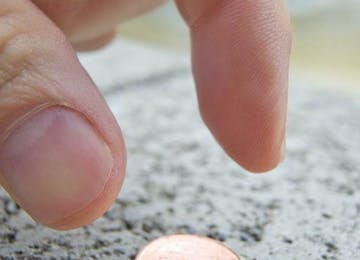By: Ron Sheppard,
OTD, OTR/L, C/NDT, FABDA
There are approximately 795,000 individuals having a stroke each year just in the United States alone, and it is classified as the fifth leading cause of death. As an Occupational Therapist specializing in the treatment of clients with residual deficits caused by their strokes, I would like to provide you with a noted, universal characteristic that is very important to address to get maximum improvement from our stroke survivors: Psychosocial Stressors (PSS).
As a new therapist 30 years ago, most of my clients with a diagnosis of Stroke were retired, on fixed incomes, homes paid off, no car payments, kids out of the homes etc. Today it is much different, survivors are much younger. Every decade past the age of 55 the number doubles which means 1/4 of the 795,000 is 65 and younger. Younger clients with hemiparesis, the PSS are much different than the older client. My younger clients are concerned about paying for their children’s colleges/marriages, car payments, getting back to work, mortgages etc. and they don’t care what kind of wheelchair or walker you get them or if they can use a other assistive devices, they are worried about bills and family responsibilities again which are PSS.
If I didn’t address their PSS during my treatments I noticed they were not progressing to their full potential. PSS take our client’s focus from their rehabilitation and prevents them from being motivated to do HEPs, feelings of giving up, depression etc. Along with providing strengthening, ROM, mobility and assistive device training, we have to address the PSS that are preventing the pt from total focus on recovery.
Regardless of your discipline or setting you can learn how I address PSS in my course: Evidence-Based Assessment and Treatment for Stroke Recovery and how to identify/address your clients specific PSS following stroke and keep them motivated and focusing on their rehabilitation.


